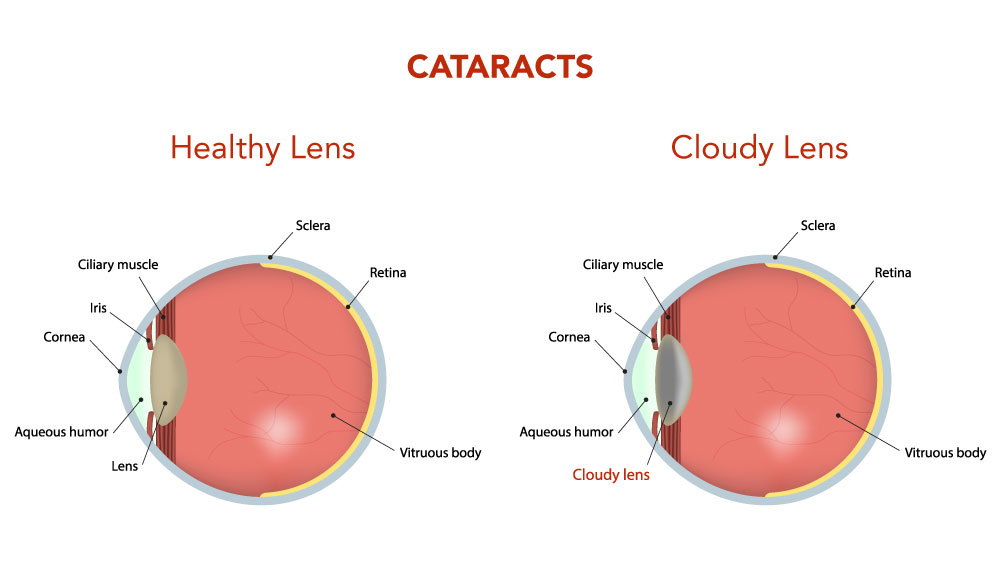Cataract surgery is usually very successful, if there are no other pre-existing eye conditions. However, it is important to realize that there is always a risk of complications associated with any operation.
Complications that may occur during the operation
- Internal bleeding
- Damage to other structures of the eye, including the capsule surrounding the lens
- Incomplete removal of the cataract
- Part of the cataract falling into the back of the eye
Several of these complications can be dealt with at the time of the surgery or just after surgery.
Potential (rare) complications occurring after the operation
- Severe infection
- Fluid accumulating at the back of the eye (in the retina, the light-sensitive layer at the back of the eye)
- Detachment of the retina
- Clouding of the membrane behind the lens
These complications can sometimes occur even if the operation itself is carried out perfectly.
Many of these complications are manageable, although it may mean that other treatments may be required and the recovery period may be longer than usual. This may include the need for additional surgery.
The most serious consequence of all the complications is the risk of loss of vision in extremely rare cases. If the membrane behind the artificial lens becomes cloudy, this will make your vision blurry again. If this happens, laser treatment may be needed some time after the surgery, restoring back your clear vision.
We would like to remind you that these risks are not common and that all necessary precautions will be taken by our professional staff to ensure that you have an uneventful procedure.




